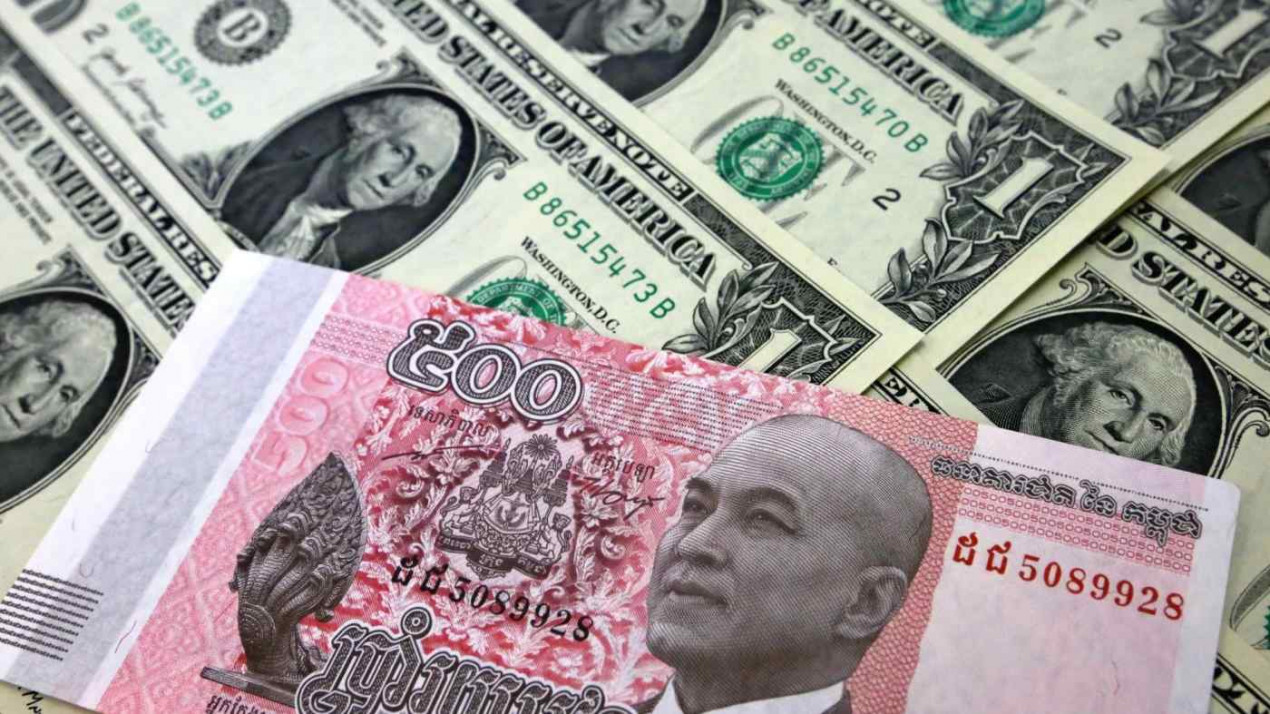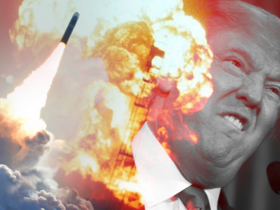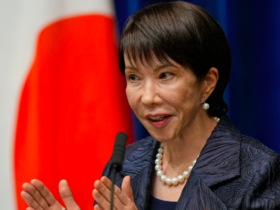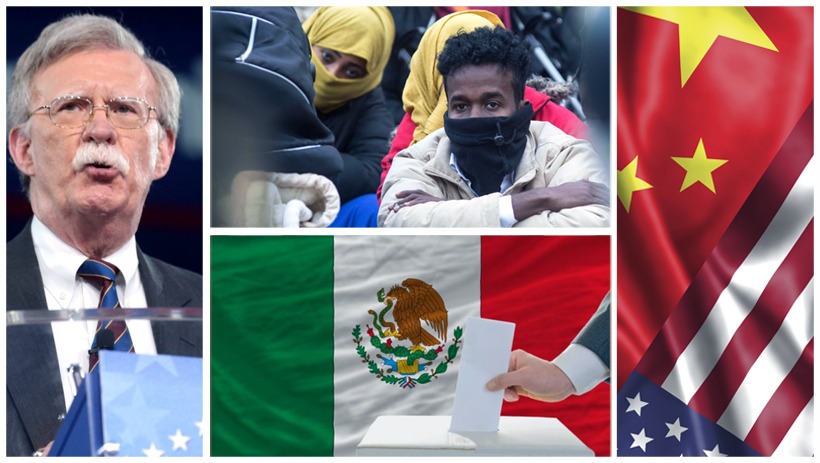By a wise and concerted effort, Cambodia can phase out US dollar dependence.
By a wise and concerted effort, Cambodia can phase out US dollar dependence.
By Mehmet Enes Beşer
Cambodia’s economy is especially marked by the prevalence of the US dollar usage in conjunction with the country’s official currency, the Riel. Dollarization is a persistent economic issue that is both positive and negative to the country’s economic sovereignty and policy space. The determinants, impacts, and potential policies of de-dollarization need to be understood in order to help guide the Cambodian sustainable economic development.
Historical Context and Causes of Dollarization
It dates back to the period of uncertainty in the 1970s and 1980s. The national currency was abolished, and the banks destroyed during the Khmer Rouge regime, from 1975 to 1979, and the people completely lost confidence in the Riel. During the following decade, economic uncertainty and hyperinflation resulted in gradual loss of trust in the national currency, and individuals and business used safer currencies abroad, and the most frequently used one among them was the US dollar. The early 1990s also saw huge amounts of US dollars flowing to Cambodia, and primarily through United Nations Transitional Authority in Cambodia (UNTAC) mission, who dumped an estimated $1.7 billion in the economy. This consolidated the dollar as the dominant one in Cambodian markets.
The second is the externality network effect whereby wide adoption of the dollar results in a cumulative self-sustaining feedback process. The more many and firms using dollars in trade, the easier for other individuals and institutions to use dollars, hence the strengthening of the dollar to rule even more. This. This. This. It is most pronounced in Cambodia, where everything is quoted and priced in dollars and salaries in most industries, private and nonprofit, are paid in US dollars regularly.
Economic Effects of Dollarization
Use of the US dollar has had positive and negative effects:
Positive:
- Control of Inflation: Dollarization has so far ensured price stability by anchoring inflation expectations to the relatively stable US dollar.
- Investment Attraction: Utilization of a universally recognized currency like the dollar will facilitate enhanced investor confidence, foreign direct investment, and external trade through minimizing currency risk.
Weaknesses:
- Monetary Policy Constraints: Overreliance on the dollar seriously inhibits Cambodia’s central bank from engaging in independent monetary policy that is consonant with domestic economic circumstances.
- Seigniorage Loss: The government foregoes future government revenue due to the creation of its own money because the United States gains from the creation of money.
- Financial Sector Vulnerabilities: Dollarization has the potential to expose the economy to shocks from abroad, namely shifting US monetary policy that would be a drain on Cambodia’s balance of trade and foreign reserves.
Strategies for Promoting the Riel and De-dollarization
Shifting from a dollar economy to a domestic currency economy must be a multi-faceted and phased strategy:
- Restoring Riel Confidence: Most important is to re-establish the confidence of the public in the domestic currency. It can be generated by rebuilding macroeconomic stability, low inflation, and sustainable growth. Public awareness campaigns highlighting the benefits of Riel use can also be an option of major significance.
- Monetary Policy Design: Strengthening the ability of the National Bank of Cambodia (NBC) to implement credible monetary policy. Riel-denominated bond instruments are part of a set of instruments that would be designed in an attempt to provide additional monetary management tools and deepen the local financial market to another level.
- Regulatory Action: Launching policies to promote or compel a utilization of the Riel in local transactions has a lasting impact of reducing dollar reliance. Mandates requiring, for instance, payment of some taxes, government charges, and utility bills in Riel in total can increase its demand.
- Financial Infrastructure Upgrades: Investment in new payment infrastructures to facilitate Riel-based transactions can make the currency appealing and convenient. NBC’s movement towards electronic acceptance of payment instruments through QR-based systems is on this track.
- Phased Rollout: World experience has demonstrated that de-dollarization imposed or coerced is self-defeating. Gradual, market-led rollout, allowing the economy to adapt progressively over periods, is more likely to succeed.
Cambodia’s dollarization was initiated from the country’s economic history woes, and somehow, it has been able to stabilize. However, if Cambodia has to become economically more self-dependent and also gain policy space, then use of the Riel needs to be promoted. Effort intensity would be a macro policy which consists of building confidence in the domestic currency, building monetary policy tools, and the development of financial infrastructure. By a wise and concerted effort, Cambodia can phase out US dollar dependence in a structured way and thus enhance economic resilience and independence.

















Leave a Reply